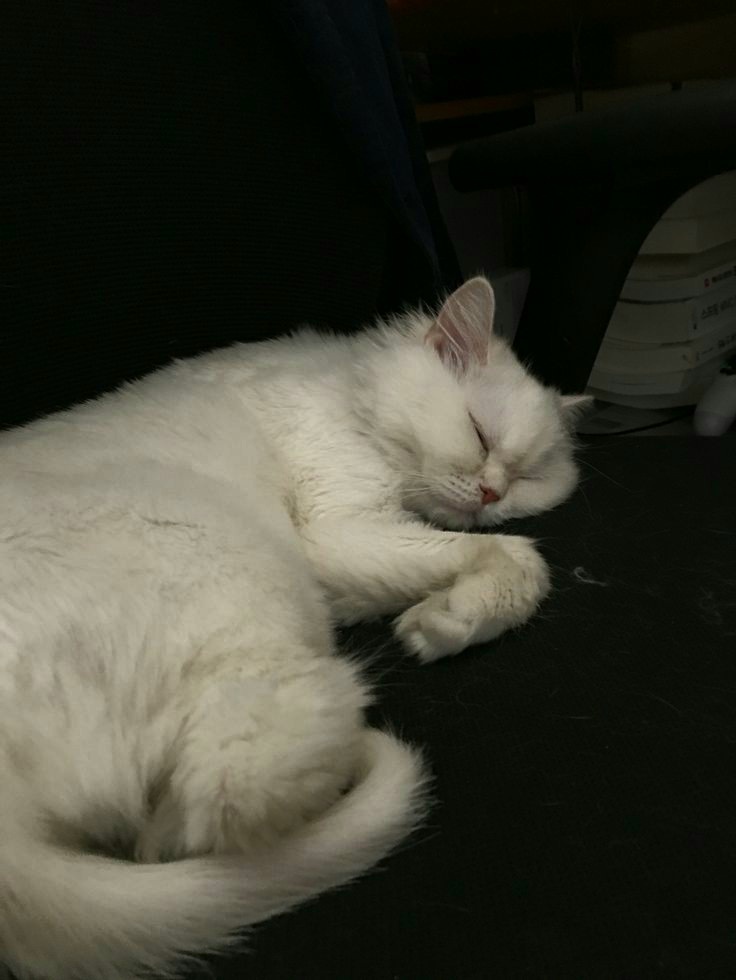circuit
Cards (40)
- MetalsHave free electrons that are able to move from atom to atom
- VoltagePushes free electrons around the circuit
- ElectronsNegative, move towards the positive terminal in the circuit
- Conventional currentCurrent flows from the positive terminal to the negative one
- Series circuit
- Only one route for the current to take, components cannot be turned off separately
- Parallel circuit
- Junctions so current may take different routes, each component can be turned off separately
- Measuring currentUsing an ammeter, placed in series to measure the current that passes through them
- Current is conserved, the current leaving and entering the power source are always the same</b>
- Current will split at a junction, but the sum of currents entering a junction always equals the sum of currents leaving the junction
- Potential difference (p.d.)Measure of how much energy is transferred to each coulomb of charge flowing around a circuit
- Measuring potential differenceUsing a voltmeter, placed in parallel to measure the potential difference across a component or circuit
- In a parallel circuit, the p.d. is the same across each branch
- In a series branch of a circuit, the p.d. across each component is equal to the total voltage
- Electric chargeMeasured in coulombs (C), 1 coulomb of charge has flowed through a circuit when there has been a current of 1 amp flowing for 1 second
- ElectronsCarry a tiny charge of 1.6 x 10^-19 C
- Electrical resistanceMeasured in ohms (Ω), a wire has one ohm of resistance when a current of one amp is produced by a potential difference of one volt
- Resistors in a series circuit
- Total resistance is the sum of the separate resistances, potential difference is divided between the components
- Resistors in a parallel circuit
- Total resistance decreases, each branch experiences the same potential difference
- Variable resistorA resistor that can be controlled, increasing resistance decreases current, decreasing resistance increases current
- Increasing potential difference across componentsCauses different changes in the current that flows, can be shown on graphs
- Light dependent resistor (LDR)Has lower resistance when placed in bright light
- ThermistorHas lower resistance when placed in warmer temperatures
- Investigating resistanceSet up circuit, vary voltage, measure current and voltage, use V=IR to calculate resistance
- Energy is transferred by heating when current passes through a circuit, the greater the resistance the more energy is transferred and the hotter the circuit becomes
- Heating can be useful in appliances like kettles and heaters, but not useful in plugs, wires and computers as it dissipates energy away from the circuit
- Heating can cause burns and increase the risk of fires
- Reducing resistance
- Use thicker wires, use metals with lower resistance, cool the circuit
- PowerMeasured in watts (W), the rate at which energy is transferred
- Mains electricityDelivered from power stations to homes through the national grid, arrives at 230 V and 50 Hz
- Direct current (d.c.)Charges flow in one direction, provided by cells, batteries and solar panels
- Alternating current (a.c.)Charges flow in changing directions, produced by rotating generators
- Safety features
- Switches, fuses, earth wire, circuit breakers
- FuseContains a thin wire that melts if too much current passes through, breaking the circuit
- Earth wireConnects metal parts to the ground so current flows through the wire and not the user
- Circuit breakerDetects a difference in current between the live and neutral wires and 'trips' to break the circuit
- in a parallel circuit, there are two or more paths that current can flow through
- the total resistance of a series circuit is equal to the sum of all resistances
- The total resistance of a parallel circuit is less than any individual resistance
- In a series circuit, the potential difference across each component is the same as the p.d. across the whole circuit.
- A fuse is used to protect electrical appliances by melting when too much current flows through it
